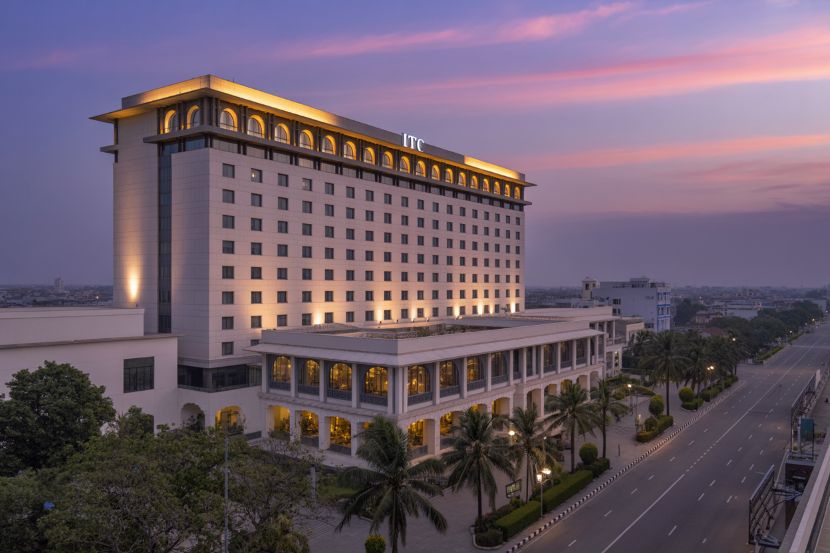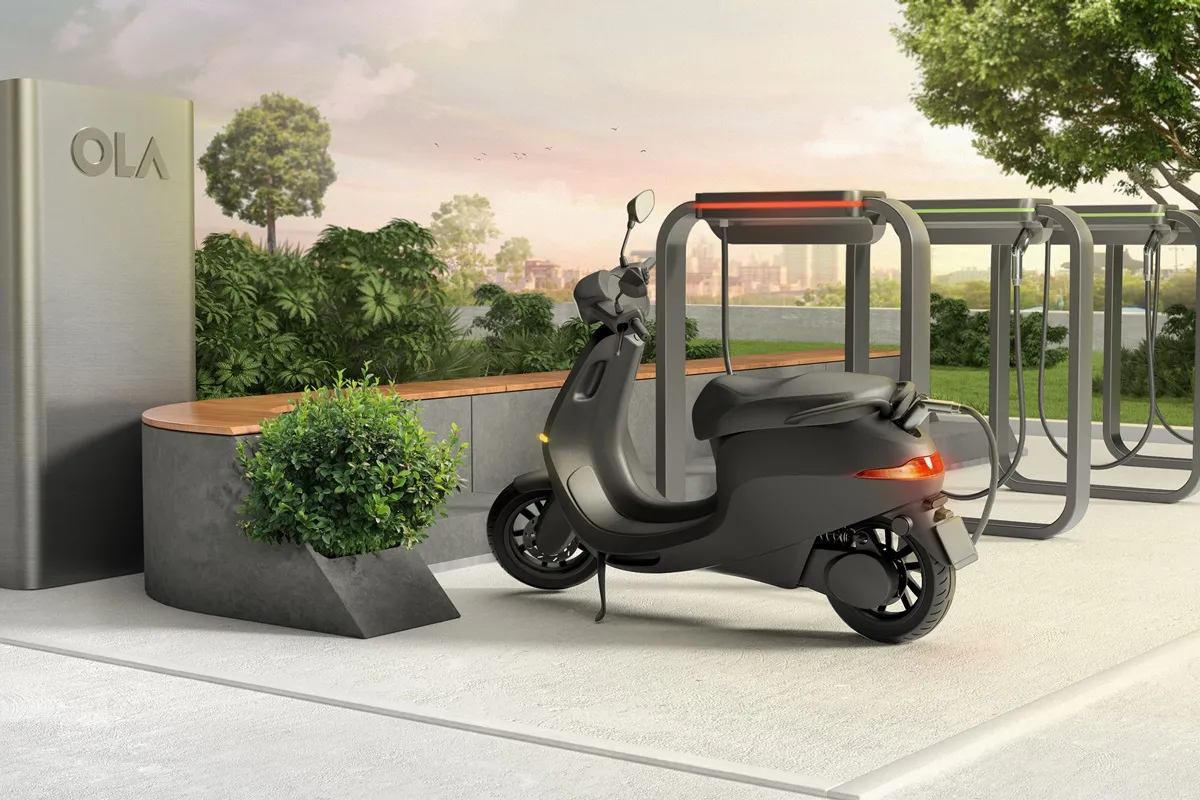Now Reading: Rise of Desi D2C Brands: How Youth in Tier-2 Cities Are Fueling the Sustainable Fashion Boom
-
01
Rise of Desi D2C Brands: How Youth in Tier-2 Cities Are Fueling the Sustainable Fashion Boom
Rise of Desi D2C Brands: How Youth in Tier-2 Cities Are Fueling the Sustainable Fashion Boom

India’s fashion landscape is witnessing a quiet but powerful shift, driven by the youth in Tier-2 cities. A new wave of homegrown direct-to-consumer (D2C) brands is gaining popularity for their focus on sustainable practices, ethical production, and affordability. From Kota to Coimbatore, young consumers are embracing conscious fashion choices, pushing demand beyond just the metros.
Tier-2 Youth Driving Conscious Consumerism
In cities like Surat, Nagpur, Bhopal, and Guwahati, Gen Z and millennial shoppers are showing increasing preference for slow fashion, organic fabrics, and brands with transparent supply chains. Social media awareness, rising disposable incomes, and access to online shopping platforms have played a key role in shaping this shift.
Unlike previous generations, today’s youth are more mindful about the environmental and social impact of their purchases. They are choosing quality over quantity and aligning with brands that reflect their values.
Homegrown D2C Brands on the Rise
Brands such as Suta, Okhai, The August Co., and B Label are leading the change. These D2C players operate digitally, bypassing traditional retail channels, and engage directly with consumers through e-commerce and social platforms.
Many of these startups are rooted in Indian aesthetics, drawing from local crafts, handloom traditions, and regional artisans. Their appeal lies not just in sustainability but also in storytelling — each product often comes with a cultural or ethical narrative that resonates with young buyers.
Social Media and Influencer Impact
Instagram reels, YouTube hauls, and influencer collaborations have given regional brands a national reach. Fashion influencers from Tier-2 towns themselves are driving awareness about slow fashion and styling thrifted or eco-friendly outfits, inspiring local audiences to do the same.
Moreover, platforms like Meesho and GlowRoad — popular in non-metro India — are helping smaller brands reach customers directly and at scale.
Local Employment and Craft Revival
This boom is also creating employment opportunities. Many D2C labels collaborate with rural weavers, women’s cooperatives, and local printing units, ensuring fair wages and skill development. Cities like Jaipur and Varanasi are emerging hubs for handloom-based sustainable fashion production.
Such grassroots engagement is reviving Indian textile traditions while contributing to local economies — a win-win for both artisans and brands.
Challenges and the Road Ahead
Despite the growth, sustainable fashion remains niche. Price sensitivity, limited awareness, and logistical hurdles still pose barriers in smaller cities. However, as more brands educate consumers and offer affordable options, the market is steadily expanding.
Industry experts suggest that strategic investments in regional language content, vernacular marketing, and hyperlocal partnerships could further boost adoption in Tier-2 and Tier-3 towns.
Conclusion
The rise of sustainable D2C fashion in India is not just a metro phenomenon. Young consumers in Tier-2 cities are becoming powerful agents of change — blending tradition with modern values, and demanding accountability from brands. As this shift gains momentum, it signals a broader transformation in how India shops, wears, and thinks about fashion.

























